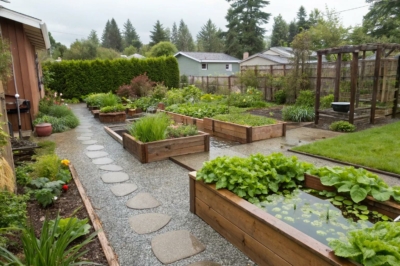1. Stone or Rock Edging
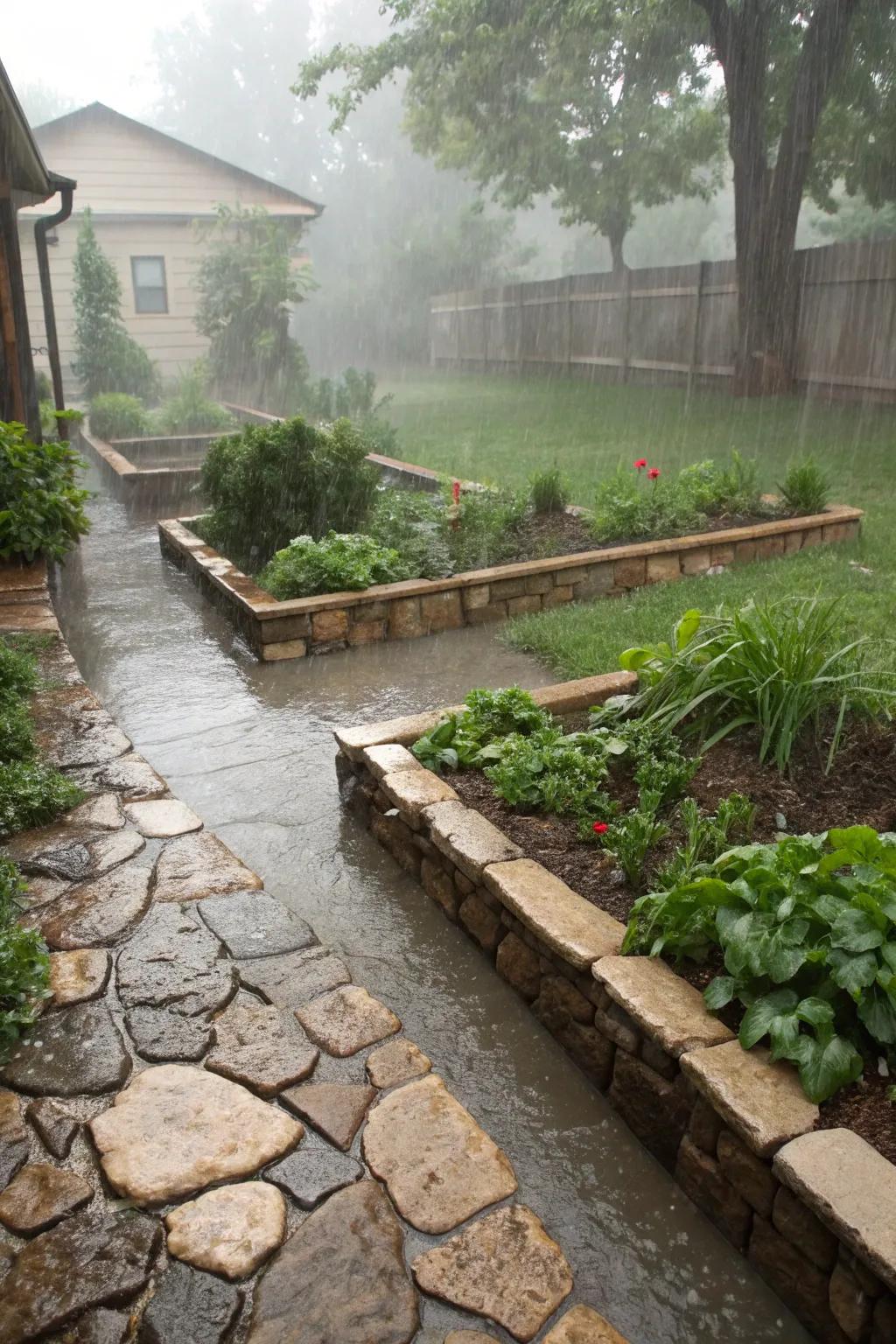
Utilize stones and rocks to create edging that both decorates and directs water flow. I like to use them to define garden areas and keep water where it belongs.
You might give these a try:
- Decorative Garden Stones: Enhance your garden design while managing water flow efficiently with these versatile stones.
- Natural River Rock Edging: Use natural river rocks to beautifully define garden areas and control excess water efficiently.
- Interlocking Landscape Bricks: Define pathways and redirect water effortlessly with these sturdy interlocking landscape bricks.
2. Pavers and Stepping Stones
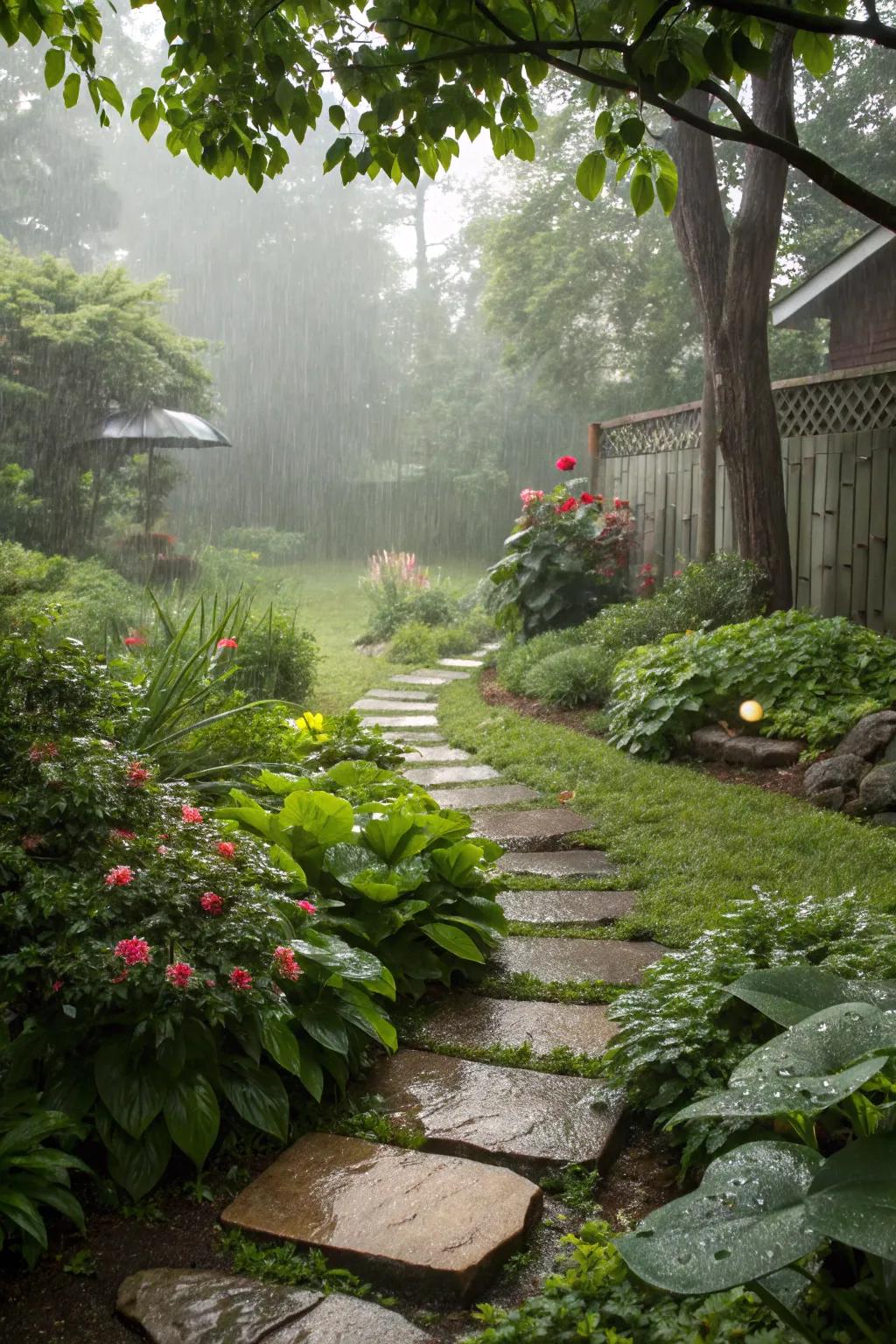
Incorporate pavers or stepping stones to create dry walking paths. They’re practical and can add a whimsical touch to your garden paths.
Useful items to consider:
- Decorative Garden Stepping Stones: Transform your garden with these weather-resistant stepping stones for an enchanting path experience.
- Interlocking Pavers for Walkways: Create sturdy and stylish paths with interlocking pavers, ideal for handling wet conditions.
- Natural Slate Paver Stones: Enhance your backyard aesthetic using natural slate paver stones, perfect for a rustic look.
3. Install Catch Basins
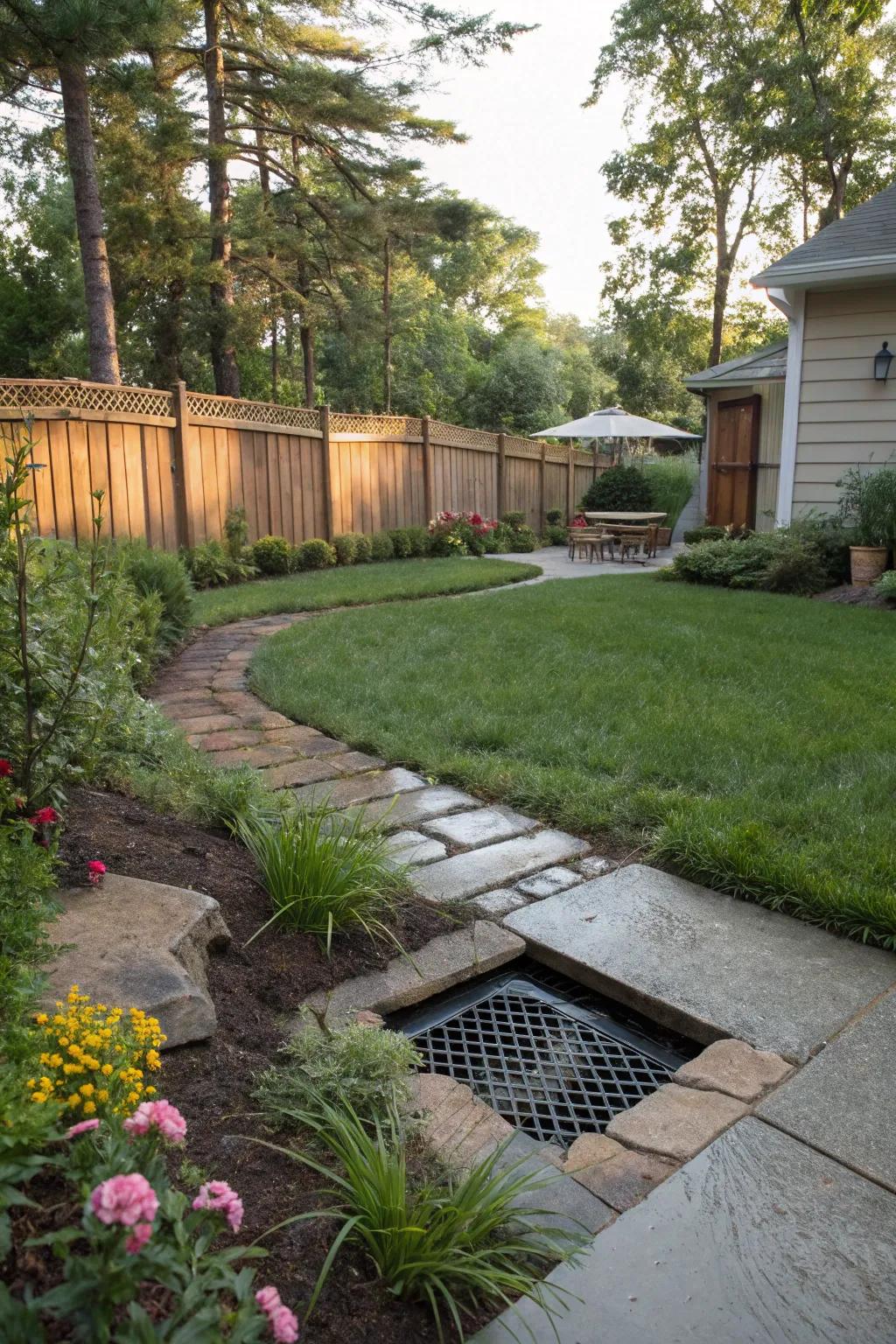
Catch basins can help manage substantial water flow, especially during heavy rains. I always recommend them for areas prone to flooding.
You might like:
- Heavy Duty Catch Basin Kit: Install a heavy duty catch basin to efficiently manage water flow during heavy rains.
- Catch Basin with Grate: Choose a catch basin with a grate to prevent debris while managing stormwater effectively.
- Outdoor Drainage Channel System: Implement a drainage channel system to guide excess rainwater smoothly away from your yard.
4. Create a Bioswale
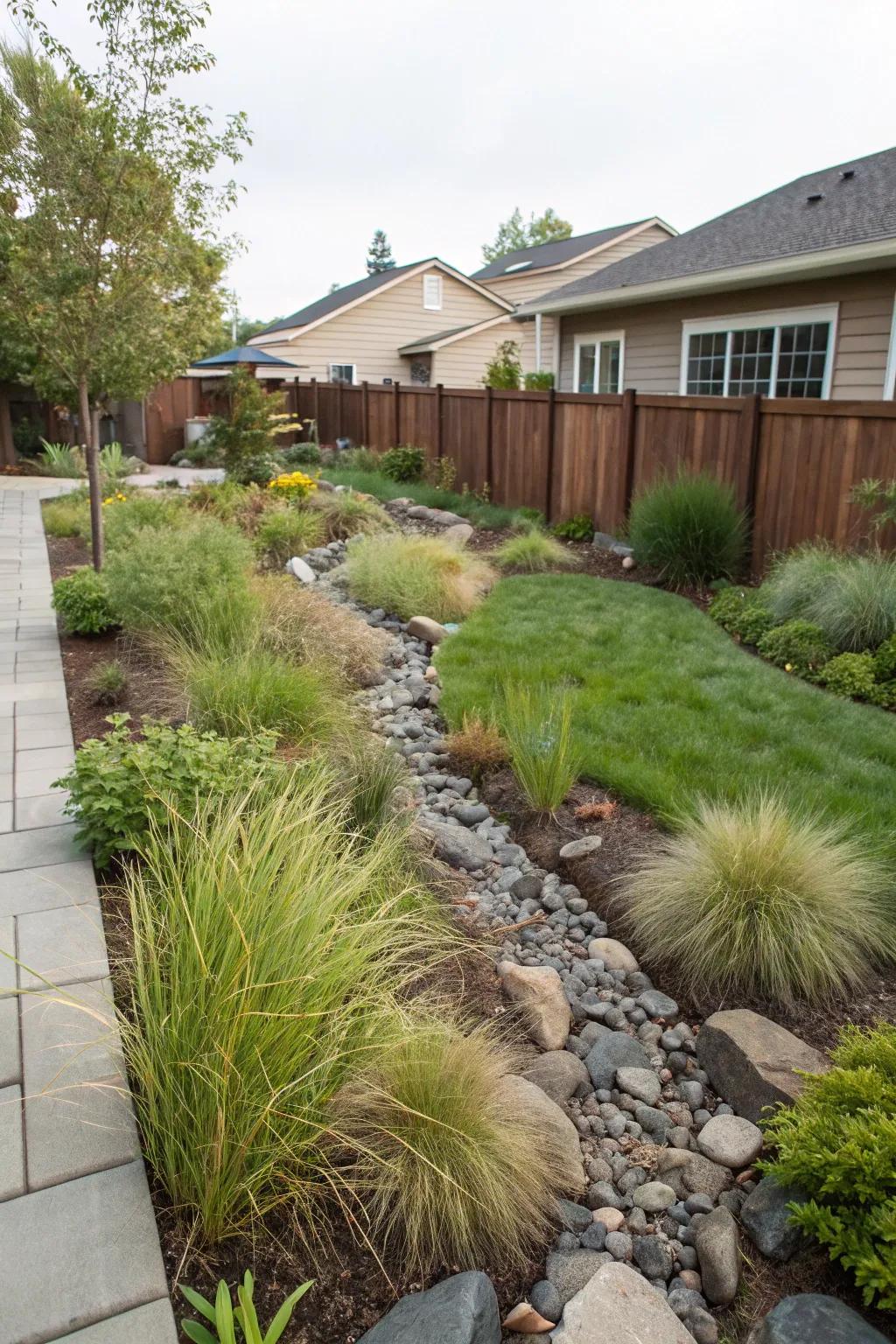
A bioswale can slow down water movement and filter out pollutants naturally. I’ve used this method to enhance my landscape while doing a little good for the environment.
Some handy options:
- Permeable Landscaping Fabric: Install permeable fabric to prevent erosion and promote plant growth in your bioswale area effectively.
- Rain Garden Perennial Seeds: Plant these seeds to add beauty and durability to your environmentally-friendly bioswale landscape.
- Decorative River Rocks: Enhance your bioswale’s visual appeal while aiding in water filtration with decorative stones.
5. Install a French Drain
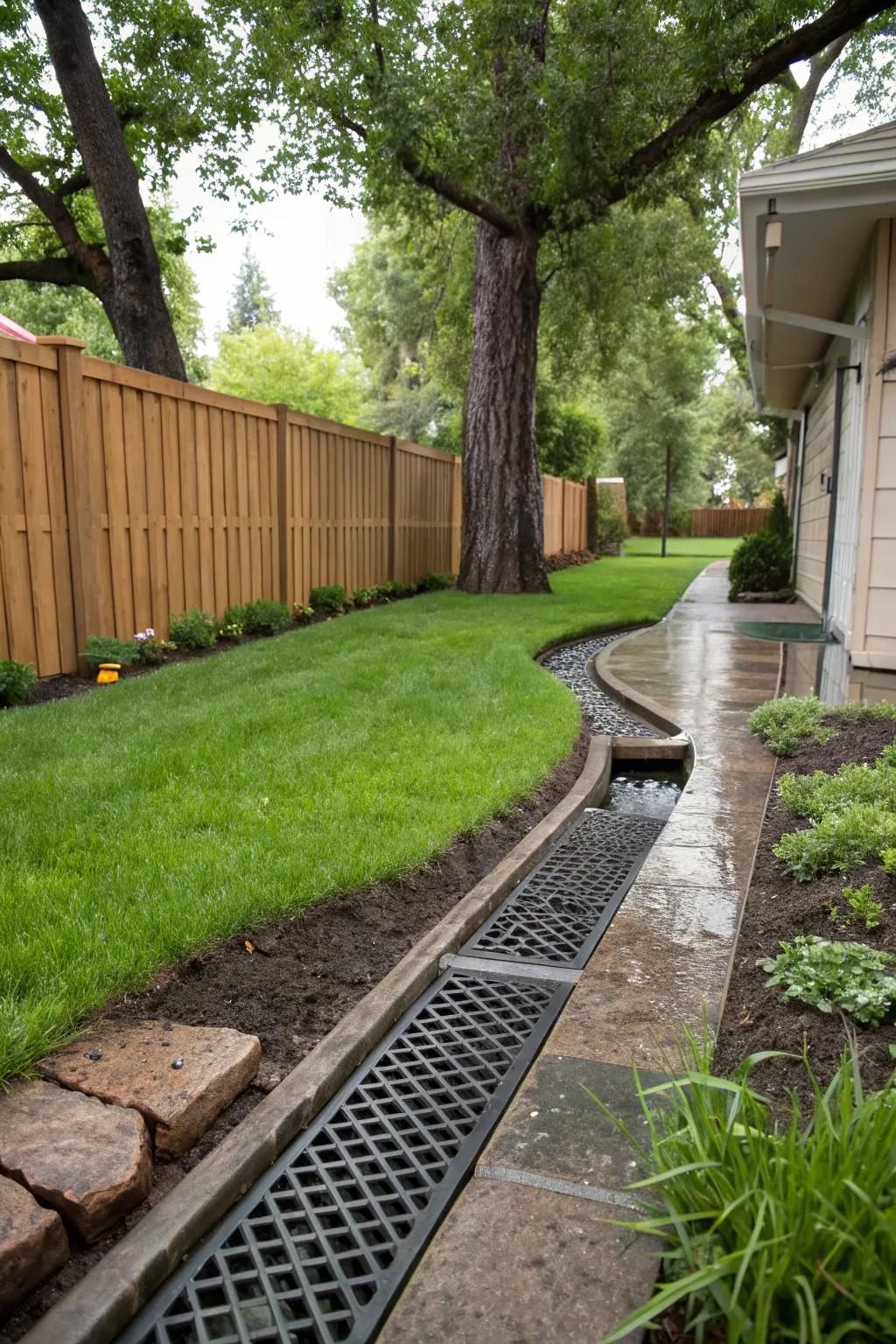
A French drain is a great way to redirect water away from your home. I’ve installed one in my own yard, and it has made all the difference in keeping my basement dry.
Check these products out:
- Perforated Drain Pipe: Prevent water buildup by installing a perforated drain pipe in your French drain system.
- Gravel for Drainage: Enhance water flow and filtration with high-quality gravel for your drainage project.
- Landscape Fabric: Use durable landscape fabric to prevent soil erosion and ensure effective water redirection.
6. Create Terraces
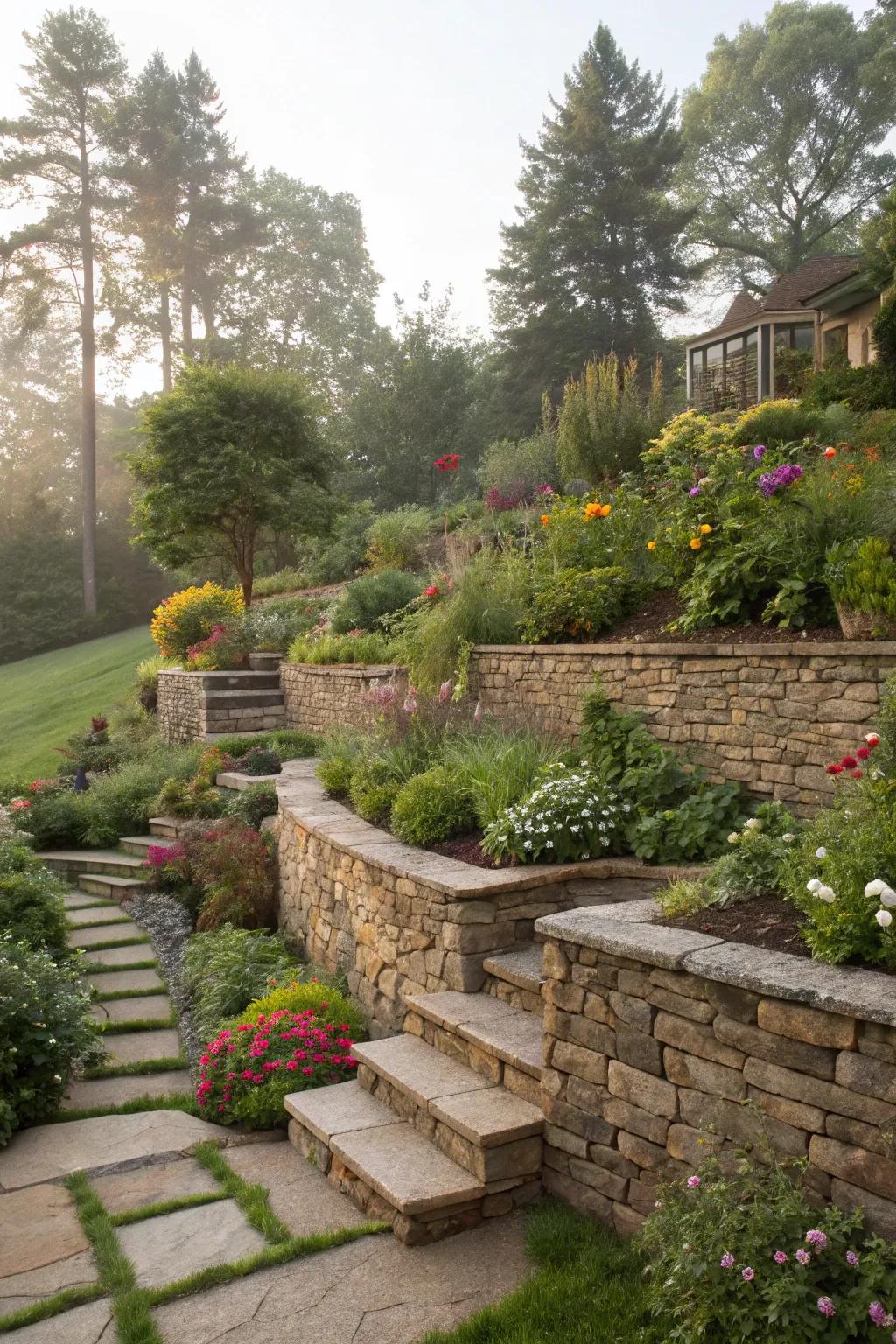
Building terraces can help manage runoff and reduce erosion, especially on sloped yards. I love how terraces add dimension and interest to a garden landscape.
Check if these fit your needs:
- Stackable Garden Edging Stones: Shape your terraces effortlessly with versatile garden edging stones. Enhance dimension and style now.
- Terrace Landscaping Fabric: Prevent erosion and manage runoff with durable landscaping fabric. Secure your terrace structure effectively.
- Decorative Plantable Retaining Blocks: Add beauty and function with these plantable retaining blocks. Perfect for any terraced garden.
7. Raised Plant Beds
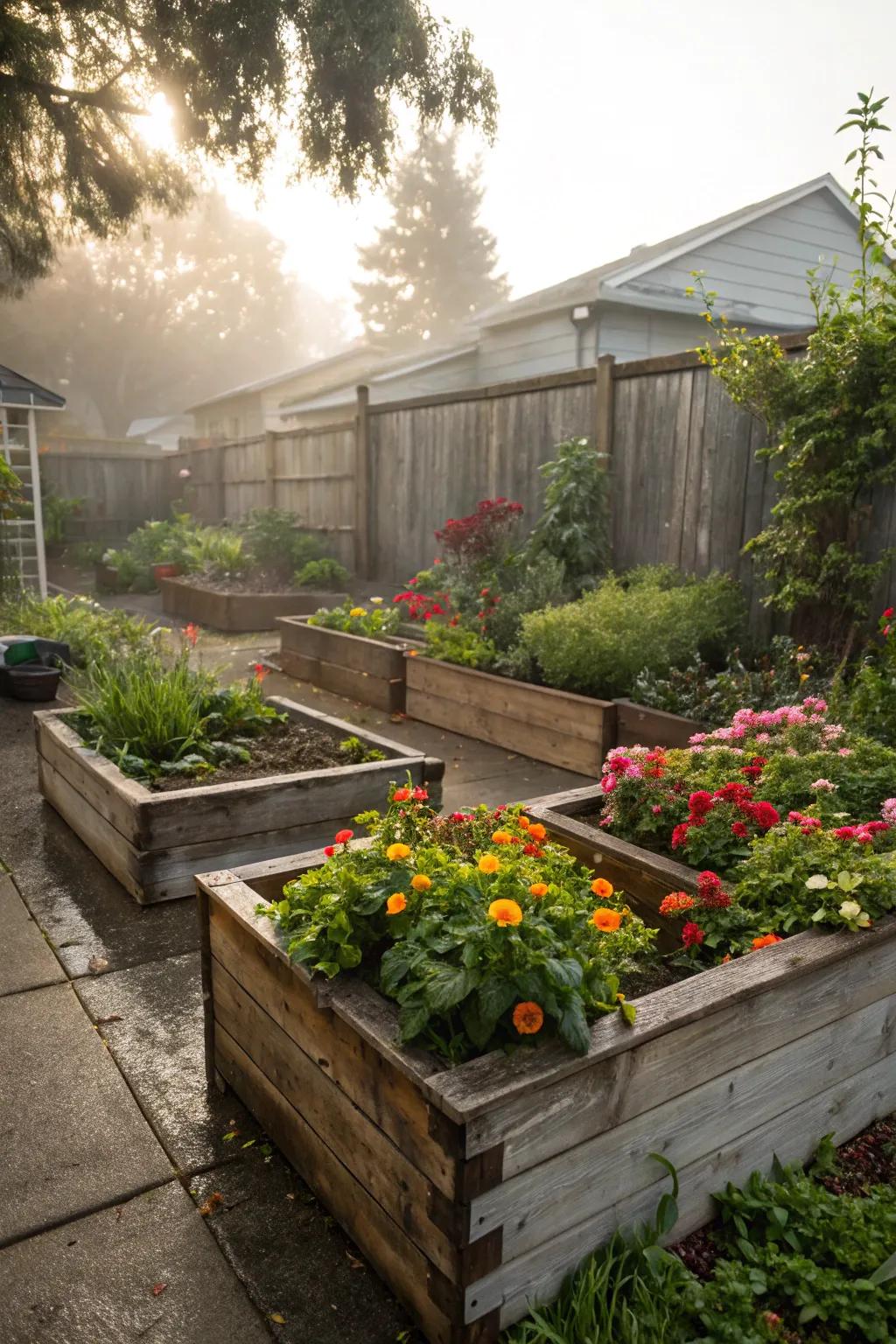
Using raised beds keeps your plants above the soggy soil, ensuring they get the drainage they need. I often suggest this to clients who want to grow veggies without the risk of root rot.
Explore these options:
- Wooden Raised Garden Bed Kit: Elevate your plants with ease and ensure excellent drainage for healthier growth.
- Metal Raised Garden Bed: Keep your vegetables safe from soggy soil with a durable, rust-resistant metal garden bed.
- Elevated Planter Box with Legs: Grow your favorite veggies comfortably without bending, ensuring optimal water drainage.
8. Go Native with Your Plants
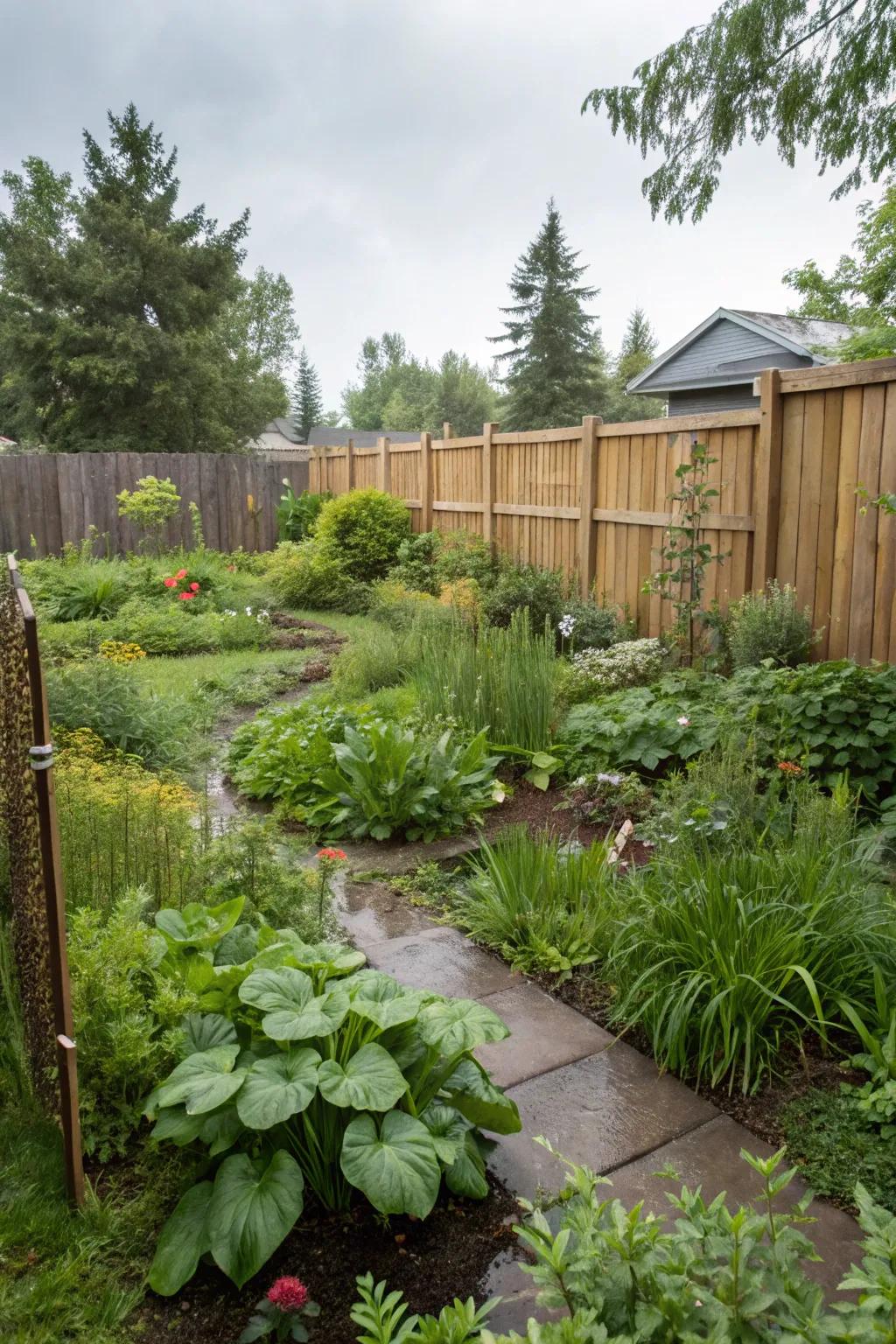
Using native plants ensures your garden is well-suited to local conditions, including wetness. I’ve found that these plants require less maintenance and thrive effortlessly.
Some ideas to consider:
- Native Plant Gardening Books: Discover native plant gardening techniques with this comprehensive guide tailored to wet conditions.
- Moisture-Loving Native Plant Seeds: Cultivate a thriving garden with seeds designed for wet backyard conditions. Easy and reliable planting.
- Soil Moisture Meters: Ensure optimal soil conditions for your plants with an accurate and easy-to-use moisture meter.
9. Moisture-Loving Plants
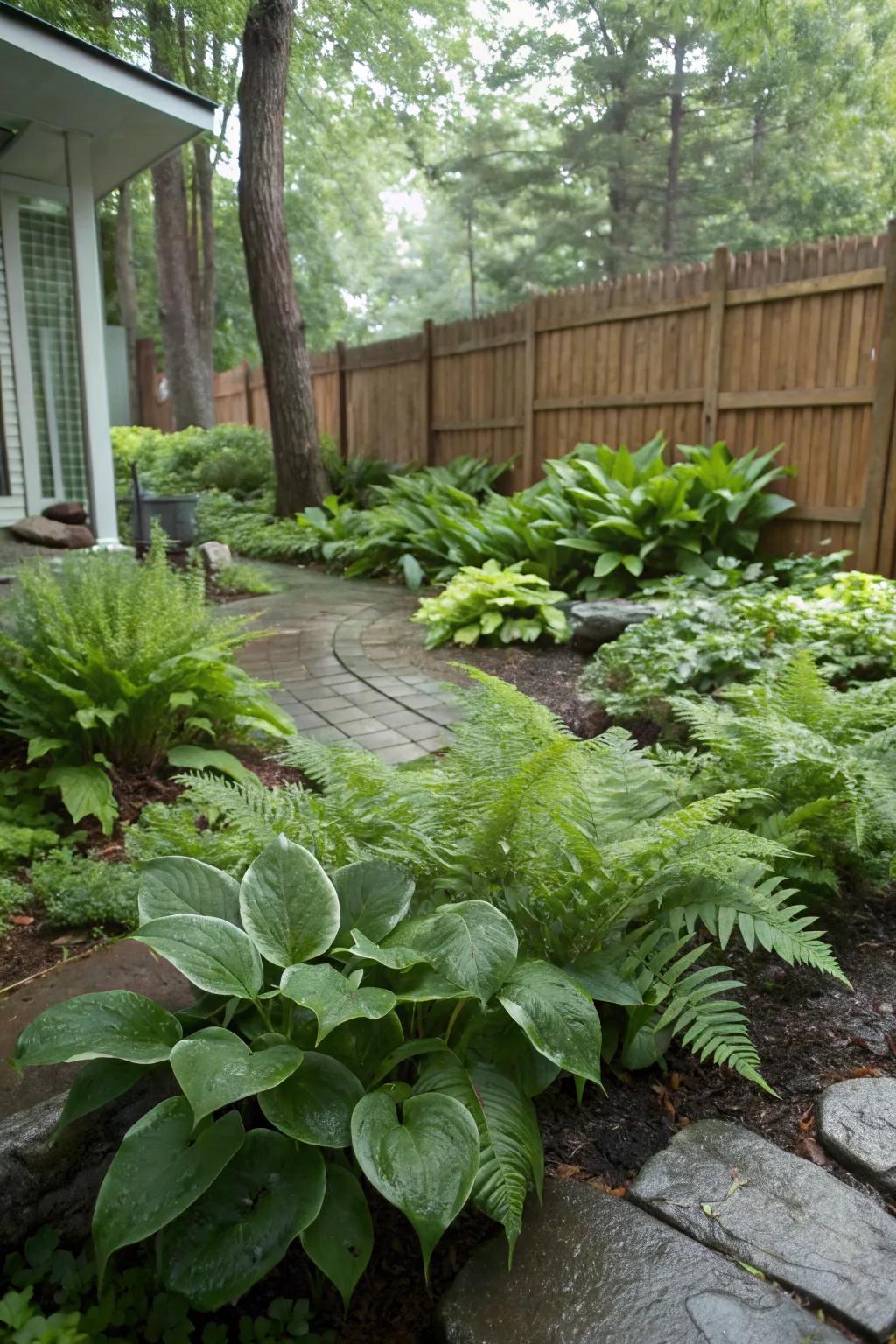
Embrace plants like ferns and hostas that thrive in wet conditions. I’ve filled my shady spots with these beauties, and they never fail to impress with their lush foliage.
Products that could assist:
- High-Quality Garden Soil for Moist Areas: Enhance your wet garden beds with nutrient-rich soil, perfect for moisture-loving plants.
- Decorative Mulch for Moist Gardens: Retain soil moisture and beautify your garden with decorative mulch that complements lush foliage.
- Waterproof Garden Border Edging: Define your garden space with durable border edging suitable for wet conditions and easy maintenance.
10. Gravel Pathways
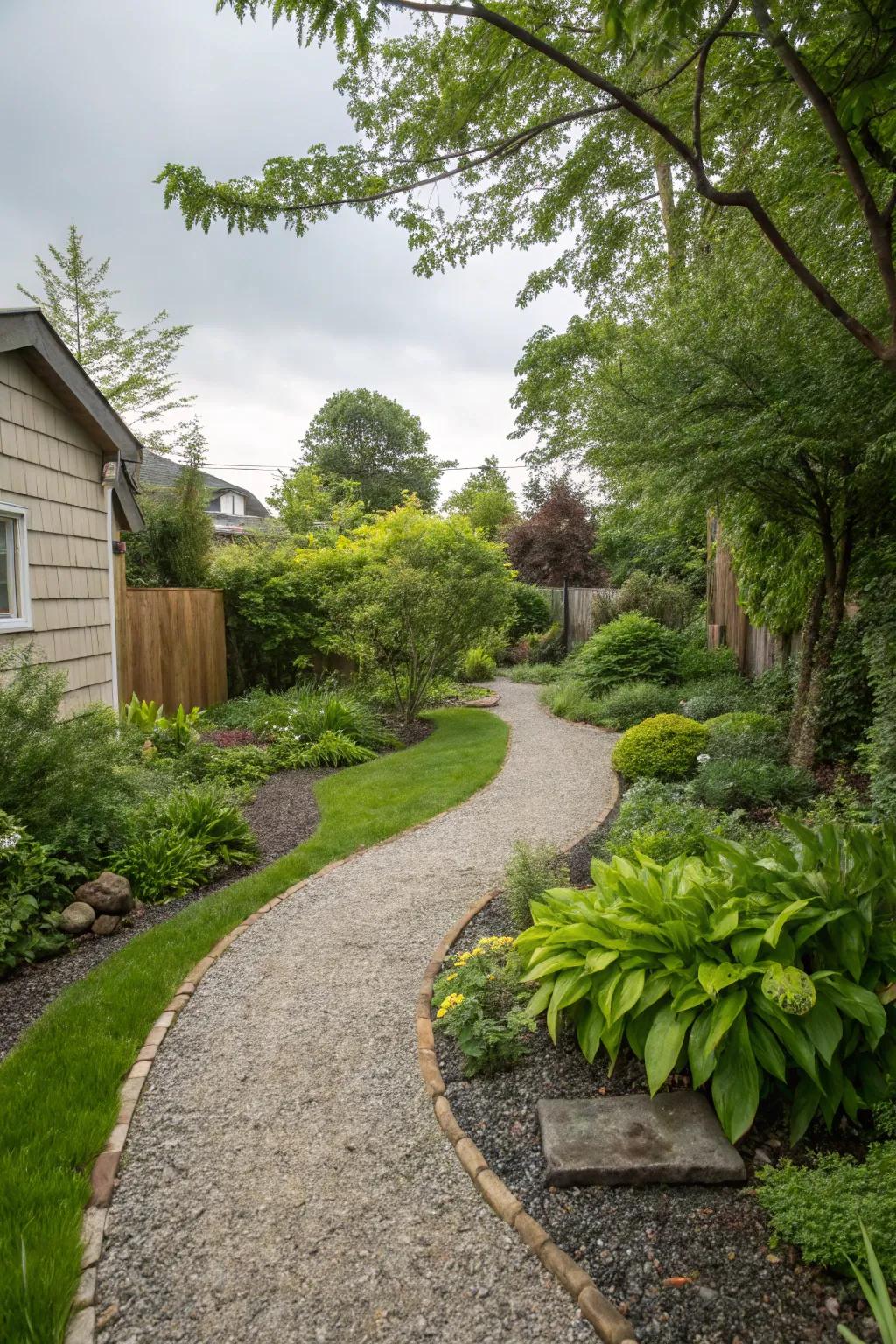
Creating gravel pathways in your backyard can work wonders for drainage while keeping your shoes mud-free. I’ve found that gravel not only looks charming but also helps direct water away from your main living areas.
Consider these options:
- Garden Gravel Stones: Enhance your walkway with charming garden gravel, ideal for improving backyard drainage.
- Landscape Fabric: Prevent weed growth and improve water drainage beneath your gravel pathways effectively.
- Edging Stones: Define your gravel path with attractive edging stones for a polished look.
11. Add Colorful Plants
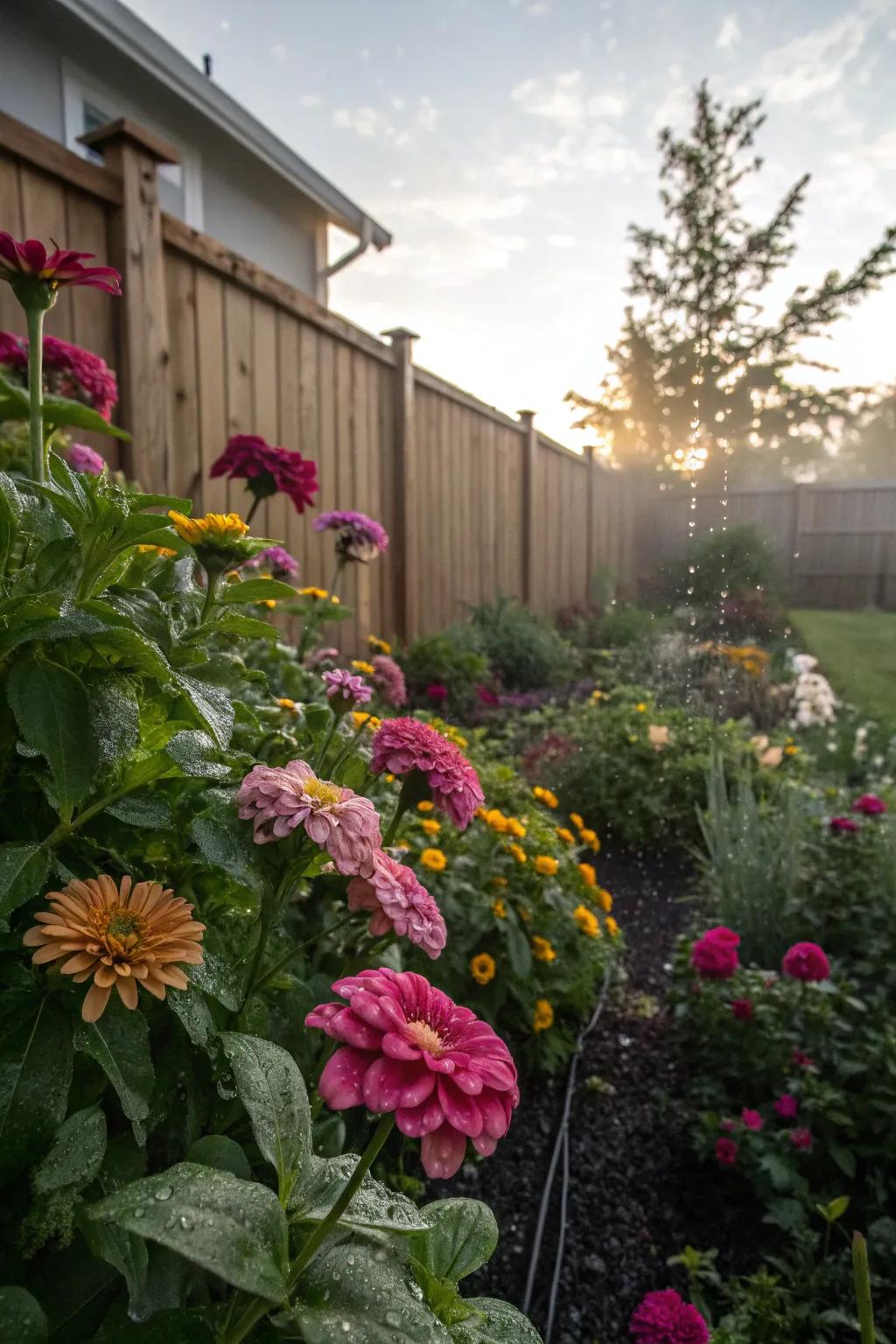
Brighten up your space with colorful plants that are robust enough for wet conditions. I adore how these pops of color bring vibrancy and life to my garden, even on cloudy days.
Give these a look:
- Colorful Perennial Flower Mix: Brighten your garden with perennial flowers that thrive in moist conditions. Add vibrant charm today.
- Water-Resistant Garden Planters: Enhance your plant display with durable, water-resistant planters that hold up in wet climates.
- Colorful Blooming Shrubs: Transform your backyard with shrubs that offer colorful blooms, even in damp soil environments.
12. Incorporate Decorative Water Spouts

Add decorative water spouts to your landscape for both function and flair. They’re a delightful way to manage water creatively while adding a unique touch.
A few suggestions:
- Decorative Garden Water Fountain: Enhance your backyard ambiance with a charming fountain, adding elegance and soundscapes effortlessly.
- Outdoor Water Spout Feature: Transform your landscape with a stylish spout, creating a soothing water display in minutes.
- Wall-Mounted Water Spout: Elevate your garden’s aesthetics by installing a wall-mounted spout for a refined look.
13. Design a Rain Garden
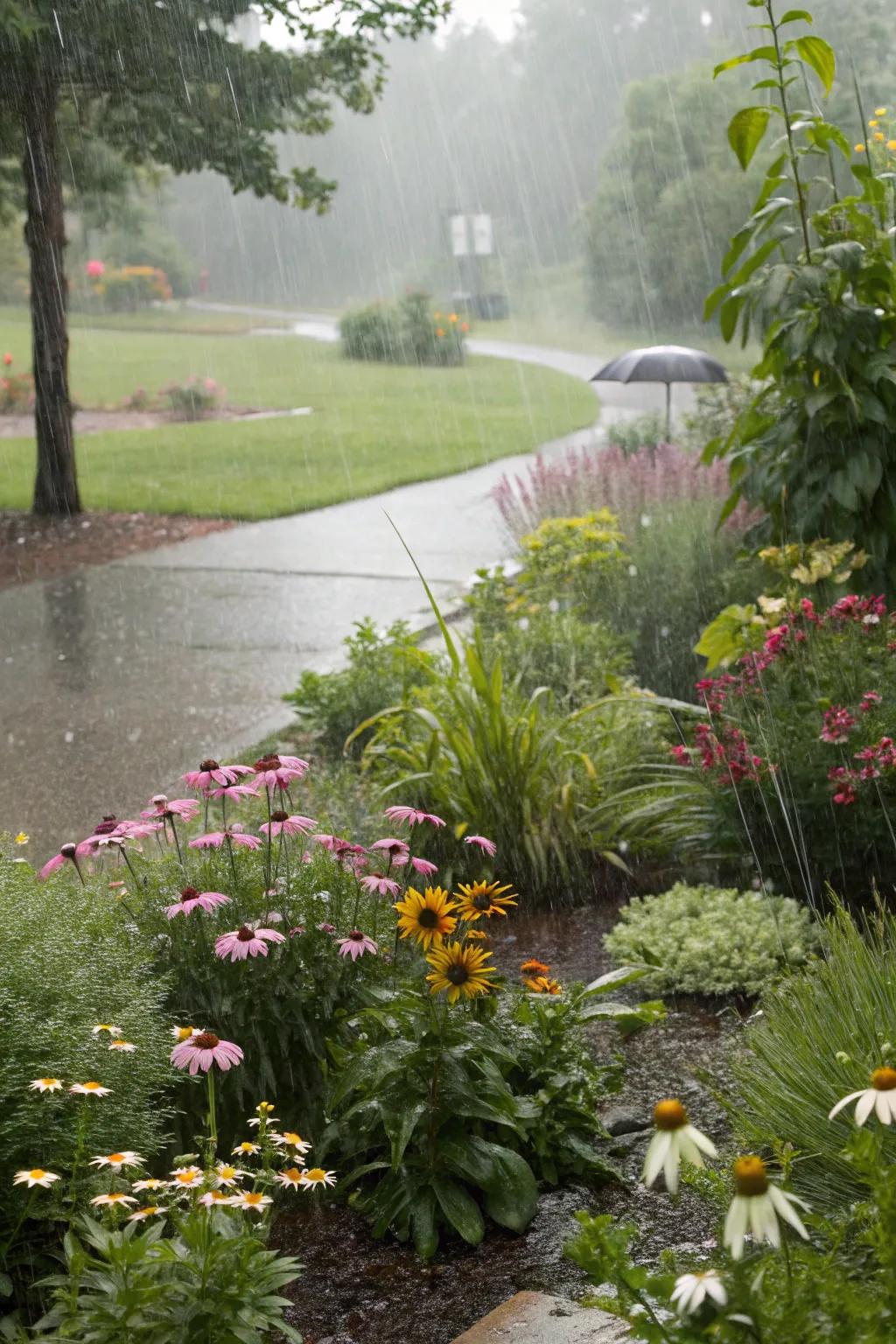
A rain garden can transform a problematic wet spot into a beautiful, functional area. I’ve planted a variety of moisture-loving plants in mine, and it’s now a vibrant oasis for bees and butterflies.
These products might help:
- Moisture-Loving Plant Seeds Kit: Enhance your rain garden with vibrant plant seeds that thrive in wet conditions. Perfect for biodiversity.
- Decorative Garden Rocks: Use decorative rocks to create natural borders and enhance your rain garden’s aesthetic appeal.
- All-Purpose Garden Soil Mix: Boost plant growth with nutrient-rich soil mix designed for optimal moisture retention and drainage.
14. Strategic Border Edging
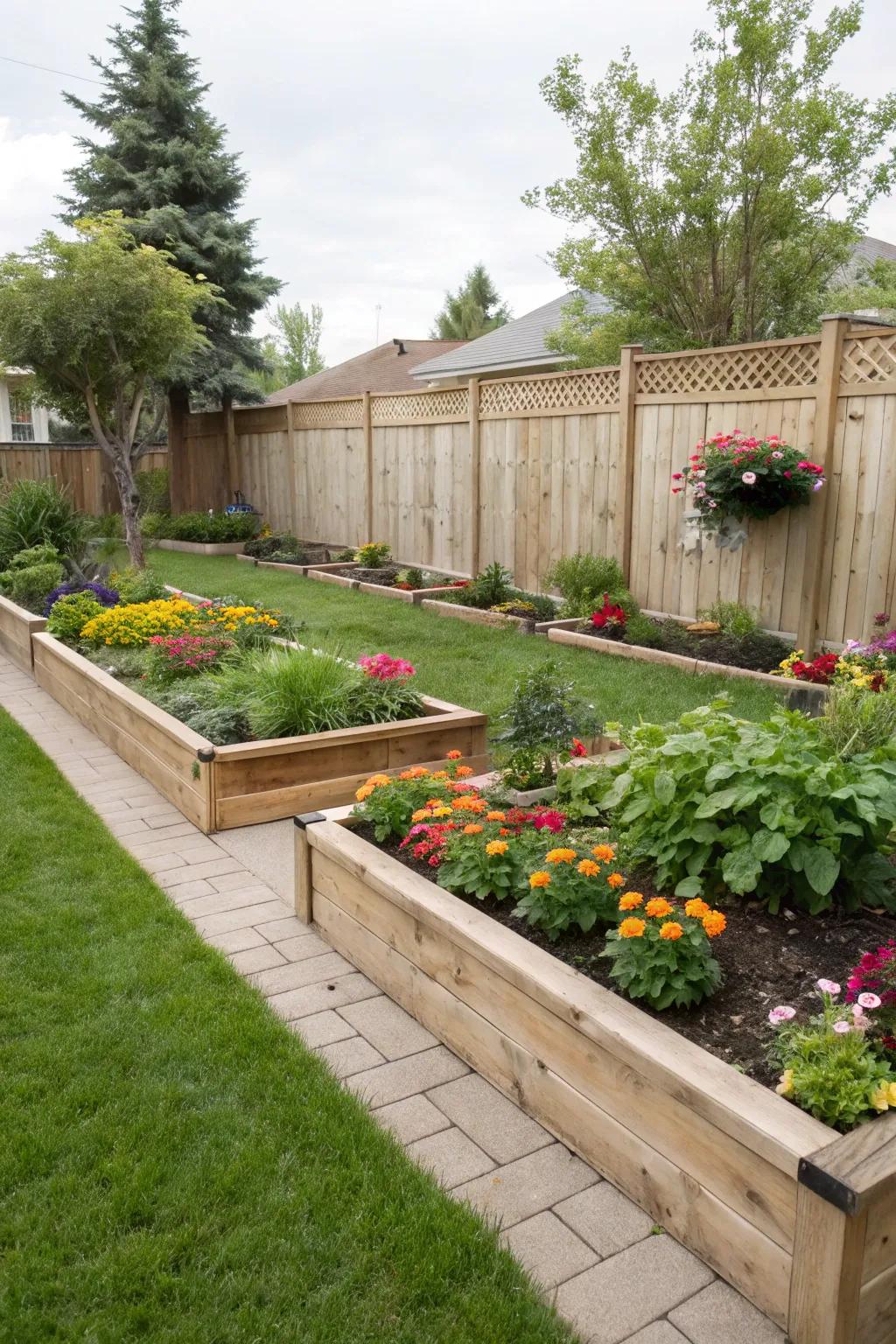
Define your garden areas with border edging to separate different landscape features. I find it helps keep my garden organized and visually appealing.
Possibly helpful picks:
- Wooden Garden Edging: Enhance your garden’s elegance with easy-to-install wooden borders, adding a rustic charm.
- Plastic Interlocking Edging: Achieve flexibility and durability in your garden design with simple interlocking plastic edging.
- Metal Landscape Edging: Define your garden with sleek metal borders that provide strength and a modern touch.
15. Use Artificial Turf
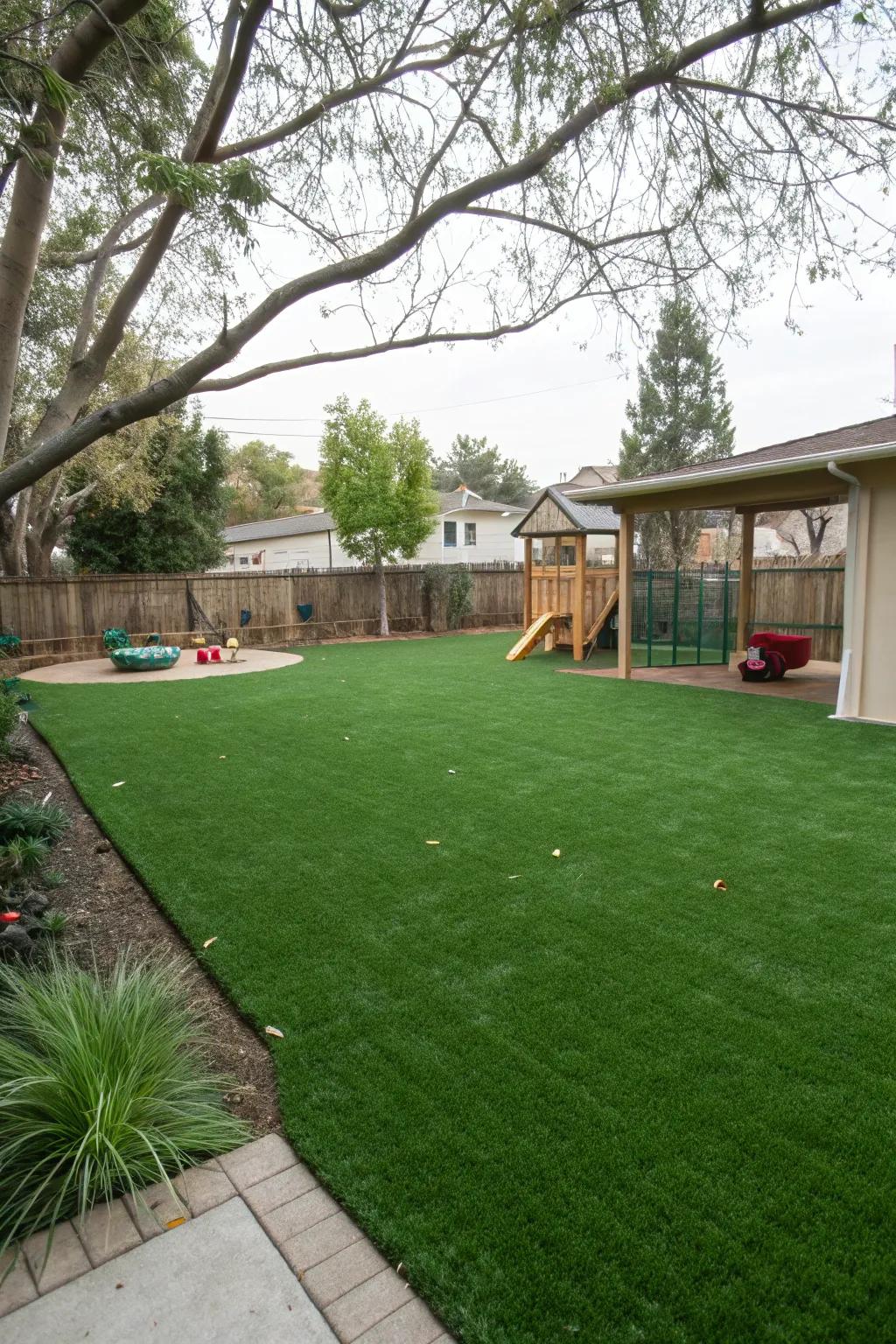
Consider artificial turf for areas that are perpetually muddy. It’s a game-changer for keeping my yard looking pristine without the mess.
Maybe worth checking out:
- Artificial Turf Rug: Transform muddy areas into lush, green spaces with easy-to-install artificial turf rugs.
- Artificial Grass Cleaner: Keep your artificial turf clean and fresh with a specialized, gentle grass cleaner.
- Turf Seam Tape: Ensure secure and seamless installation of artificial turf using high-quality seam tape.
16. Incorporate Natural Water Features
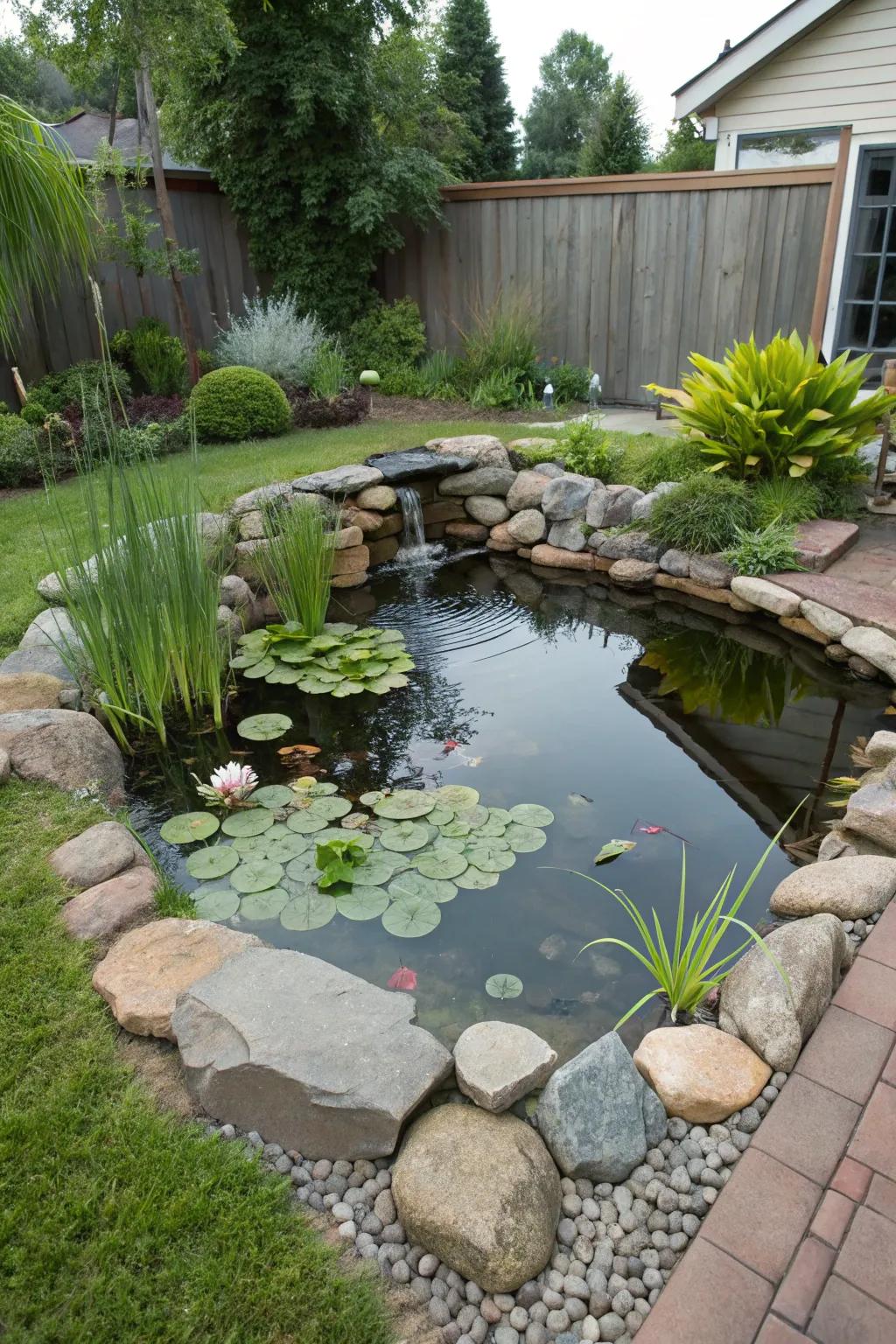
Adding a natural stream or pond can utilize excess water and create a focal point in your backyard. I love the soothing sound of water, and it’s a great way to invite local wildlife to your garden.
A few helpful options:
- Pond Liner: Secure your pond with a durable liner and ensure long-lasting water containment. Easy to install!
- Pond Pump Kit: Enhance water circulation in your pond with a reliable pump. Create a tranquil waterfall effect!
- Aquatic Pond Plants: Add beauty and biodiversity to your pond with a selection of aquatic plants. Attract wildlife!
